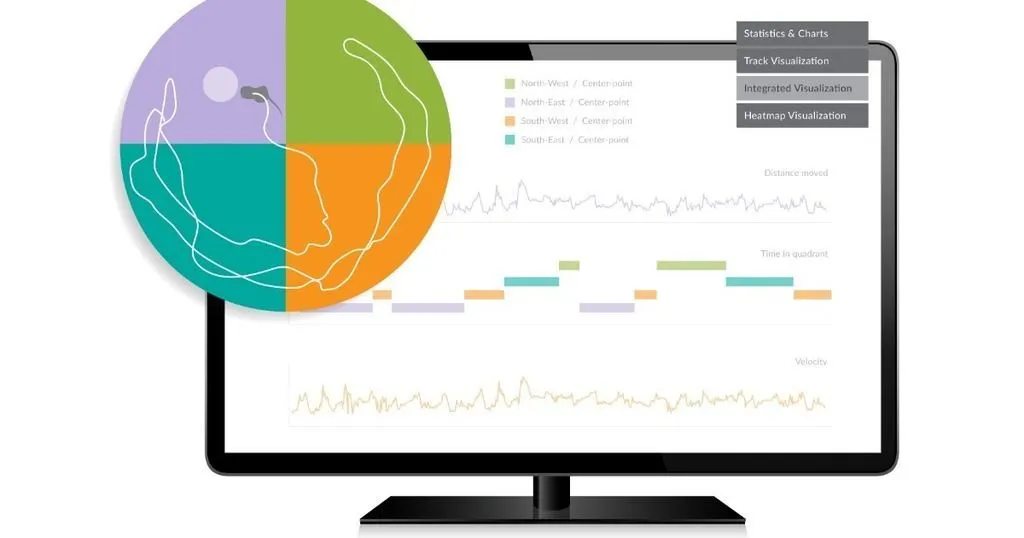NIH Grant Writing Series: Insider Tips for Funding Success - Part 4
In this last post in the series, Dr William Gerin gives advice how to build a realistic budget, navigate new NIH policies, and write clearly and engagingly so reviewers understand and support your research.
Posted by
Published on
Mon 29 Sep. 2025
Topics
| Behavioral Research | Neuroscience | Psychology | Grants | NIH |

We are honored to welcome guest contributor, Dr. William Gerin, former Professor of Behavioral Medicine at Penn State University. Dr. Gerin is the author of Writing the NIH Grant Proposal: A Step-by-Step Guide, Third Edition (Sage Publishing) .
From Budgets to Good Writing
Writing a grant is not just about the science. The practical details, budgets, policies, and clear writing often determine whether your proposal succeeds or fails. In this post, we’ll explore how to prepare a budget that stands up to review, stay on top of NIH policy changes, and write in a way that engages reviewers.
Budget Basics and Pitfalls
Your budget tells a story, and reviewers read it carefully. Salaries and benefits often make up 80% of costs, and they need to be justified.
Common pitfalls:
- Adding unnecessary personnel. Don’t list collaborators unless their role is clearly justified.
- Padding or underestimating costs. Reviewers notice both, and neither inspires confidence.
- Ignoring your business office. Submit your proposal to them early; they’ll help with complex forms and signatures.
Pro tip: Collecting pilot data is one of the most persuasive expenses you’ll need to plan for.
Policy Shifts You Need to Know
Funding rules evolve, sometimes dramatically. In 2025, changes included:
- Indirect costs (overhead). A proposed 15% cap was blocked in court, but debates continue. Institutions negotiate their own rates, sometimes as high as 60%, and this affects how much support you’ll receive.
- Diversity requirements. Many have been removed from proposals, altering review expectations.
- Application formats. Biosketches, reference letters, and other documents have been updated. Most changes are minor, but you’ll need to comply.
Why Good Writing Matters
Reviewers often read 20 proposals in one sitting, sometimes the night before a study section meets. Poor writing makes their job harder, and that can sink your score. Problems reviewers see all the time:
- Inconsistent data across sections.
- Ambiguity in phrasing or chronology.
- Choppy, hard-to-read prose.
Pro tip: Good writing won’t guarantee success, but bad writing almost guarantees failure.
Practical Writing Tips
To improve clarity and flow:
- Edit extensively: Ten rounds of revision is not too many.
- Read aloud to yourself or others. What sounds confusing will read confusing.
- Get outside feedback from colleagues, students, or even non-scientists.
- Focus on flow: Your proposal should be easy and engaging to read, even in the methods section.
Pro tip: Reviewers appreciate applications that are clear, logically organized, and easy to follow.

WRITE BETTER PROPOSALS — GET YOUR FREE GUIDE
We offer resources to locate funding sources and assist with the grant writing process, with no cost or commitment to you!
Download for freeConclusion
Budgets and writing may feel secondary, but they are integral to success. A solid budget demonstrates professionalism and foresight, while clear writing makes reviewers’ jobs easier. Pair these with strong collaborators, persuasive aims, and good pilot data, and you’ll have built a proposal that stands out in a competitive field. Need support? Our Grant Assistance Program helps researchers develop protocols and maximize their Noldus systems.
Related Posts

Everything you need to know about EthoVision XT
5 blogs on why you should use video tracking in behavioral research
